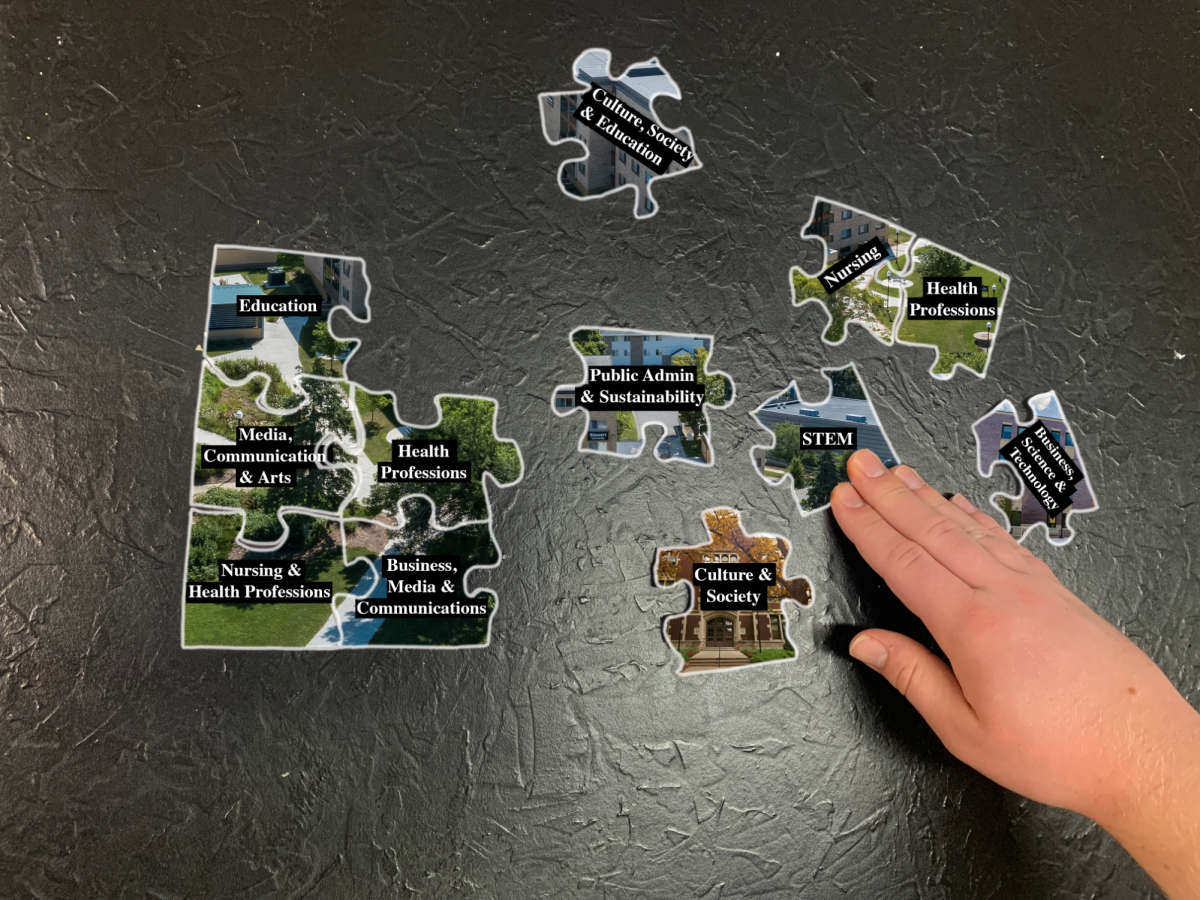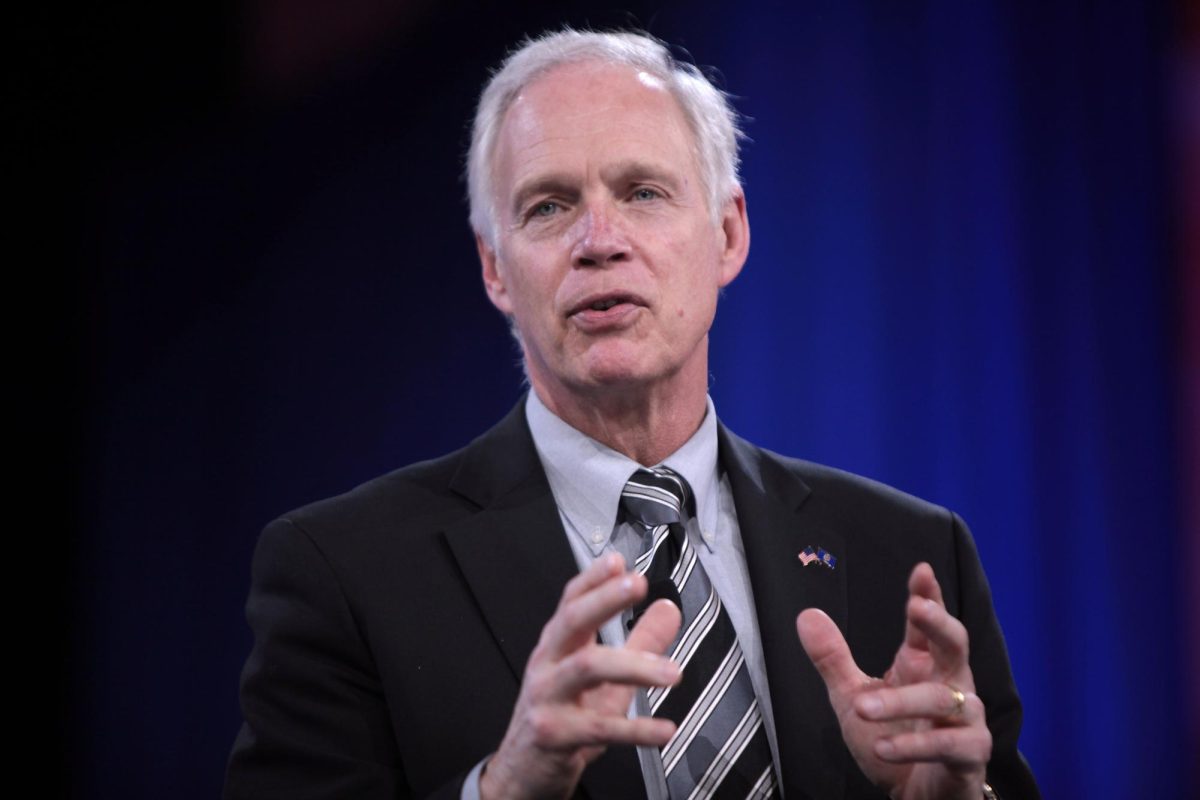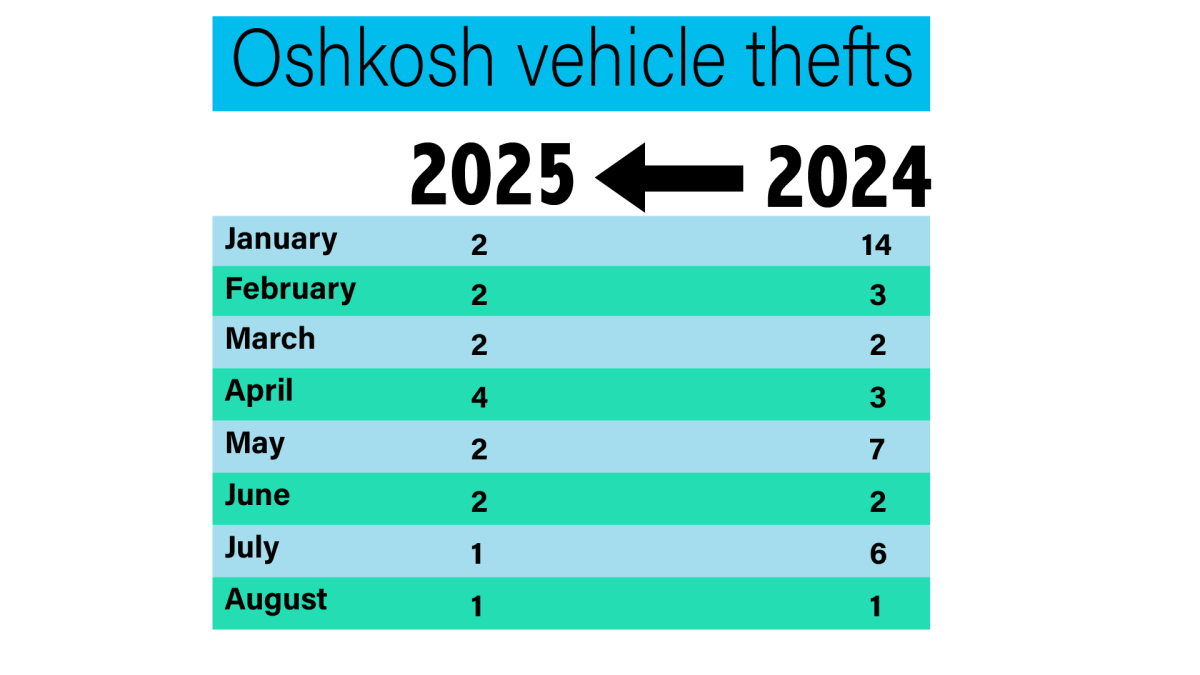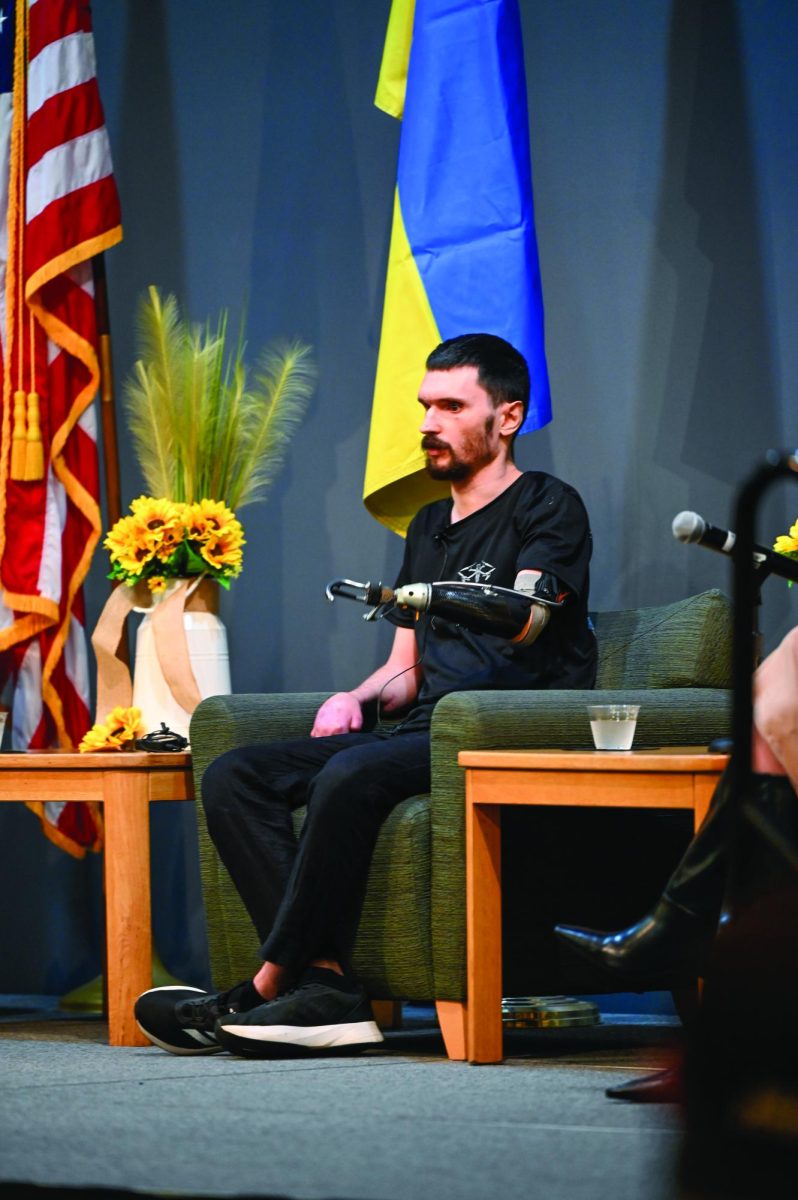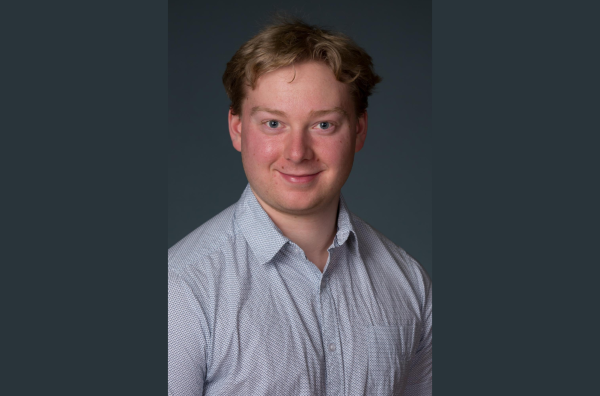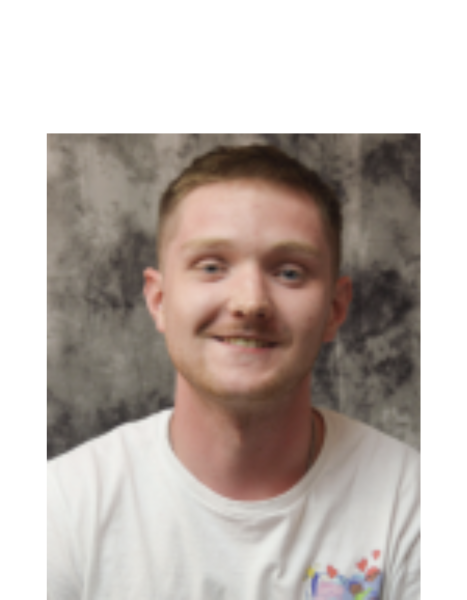UW Oshkosh Provost Edwin Martini announced Friday the university’s plan to reshape the school’s academic structure by January 2025 with one of two different models that would shift the university’s colleges and schools.
“We spent months in an inclusive, collaborative, thoughtful process designed intentionally to protect programs and faculty positions,” Martini said in an email to students. “Our goal was to design new structures that explore additional ways to sustain and enhance UWO programs for the long term. Refusing to choose a direction — inaction — would force alternative cuts to close the university’s deficit. You don’t want that. We don’t want that.”
Currently, UWO is split into four academic colleges: the College of Business, the College of Education and Human Services, the College of Letters and Science (COLS) and the College of Nursing. UWO also has an Honors College.
On their website, the UWO administration outlined the need for restructuring, and stated that “in our current fiscal crisis, academic reorganization will save money and retain faculty. Various committees and task forces have studied our academic organization over the past decade and made recommendations for change, but so far no action has been taken at the university level.”
On top of that, the report stated that the current structure is unbalanced. COLS is larger than the other three colleges combined and sports 226 tenure-track faculty, while the other three colleges have 90 in total.
To fix this imbalance, the university has proposed two restructuring plans.
The first restructuring plan, “Model A,” divides the university into three colleges and six schools. The three colleges included are the College of Business, Media & Communication, the College of Culture, Society & Education and the College of Nursing, Health Professions and STEM.
The six schools included in the plan are Business; Culture & Society; STEM; Media, Communication & Arts; Education and Nursing & Health Professions.
According to the administration’s report, this would save UWO $1.75 million.
The report lists other benefits to Model A, including that the “colleges simplify student transitions between related disciplines” and that the “colleges enable curricular coordination among related programs.”
The second plan, “Model B,” divides UWO into three colleges and eight schools. The three colleges in this model are the College of Business, Science & Technology, the College of Culture, Society & Education and the College of Nursing & Health Professions. This is estimated to save the university $1.5 million.
The eight schools in this model include Business; Culture & Society; Public Administration & Sustainability; STEM; Education; Media, Communication & Arts and Nursing.
The report listed some of the benefits to Model B, including that it is similar to UWO’s current structure and that the student headcount is more balanced between colleges and schools.
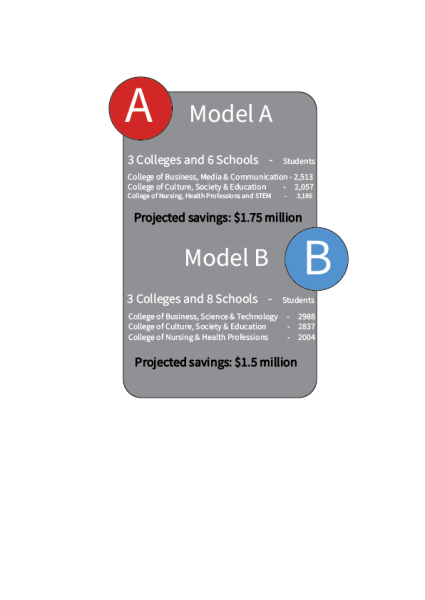
Environmental Studies and History Professor Jim Feldman, who served on the academic restructuring committee, said he worked alongside a large group of faculty and staff from all over the university to create both plans.
“The provost gave us some design considerations, such as how we have to reduce costs, reduce the number of chairs, create programs that help make Oshkosh more regionally distinctive so we can make UWO stand out with its program offerings and reduce barriers for students to graduate,” Feldman said. “A group of faculty divided into different groups, we came up with different ideas and we bounced ideas off each other. In December, they brought some of those ideas to campus for feedback. We had a bunch of long workshops in January, and the result of that was the two models for restructuring that went out last Friday.”
UWO Philosophy Professor and Faculty Senate member Richard Wagoner said that these plans were produced in collaboration with the Faculty Senate.
“The provost has been quite good, in my own view, in proceeding in a way that has encouraged faculty involvement,” he said. The committee that has been tasked with formulating plans [and which has been at work on this for some months now] is loaded with faculty members from all over – every college, division, campus, etc.”
Wagoner said that the Faculty Senate worked directly with Martini to fill the committee overseeing the realignment plan, and has been involved throughout the process.
“The Provost has provided updates to the Senate regularly, and the Senate has been involved in facilitating opportunities for feedback and discussion of the ongoing efforts to transform UWO,” he said. “There have been some miscommunications or breakdowns along the way, but there have also been some surprising successes. The creation of a committee charged with considering the possible future of general education (University Studies Program), for example, was the direct result of a conversation had by, among others, the Faculty Senate president and the Provost at an open forum.”
Wagoner said that, as of right now, there has been little discussion about the two models, which were released on Feb. 16. However, he said that it will be discussed at the next Senate meeting.
Martini said both the models reflect a lot of input and feedback the university has received over the last several months.
“They reflect structures—including “career clusters” that many [students] may have first learned about in high school—designed to meet the needs of current and future learners,” Martini said. “In all, what we are proposing is the product of hard choices and trade-offs as we built the models to better serve [students]. They offer the opportunity to reimagine how we organize UWO and how we deliver our academic offerings.”
Neither of these models will eliminate programs or faculty, and the report notes that some majors and programs are not shown on their models for simplicity. Additionally, the new programs will not force departments and programs to move their physical locations.
Martini said that the financial situation of the university added to the urgency of the academic planning process.
“To be fair, UWO has long known it needed to create a more sustainable academic structure long before I arrived and long before the Chancellor informed the university of our financial challenge back on August 3, 2023,” Martini said. “UWO has explored academic restructuring for years, but it failed to act. Inaction is no longer an option. So, last September, our office worked with shared governance to create a working group to lead the academic planning and restructuring process. For the past several months, that group, inviting nearly 40 faculty, staff, administrators, and students to the table, has worked incredibly hard to develop the plan and the restructuring models I’m sharing today.”
Feldman said both the plans that are being considered will reduce the cost of instruction at the university.
“[That] will help with the budget deficit,” Feldman said. “Are they actually going to be that big of savings? I don’t know, that’s just our projection based on the best work we can do now, but there is still a whole lot that remains to be determined.”
Martini said that while it has been a challenging time at UWO, the choices that campus administrators are making have been working.
“UWO’s structural deficit has been significantly reduced,” Martini said. “We are on track to eliminate it next year when we take these final steps.
Feldman said the hope of both plans is to have a minimal impact on students in terms of the programs and majors that are still going to be offered.
“There’s going to be some conversation about are there programs we are offering that we should stop offering,” Feldman said. “But that’s not what we’ve talked about so far. If this solves the budget problems, I think that would be a huge benefit for students because there will be more flexibility and more money to fund other kinds of options and opportunities.”
Reactions to the restructuring plan
UWO Political Science Professor David Siemers said the new restructuring plan is not the first step in solving budget issues, but instead is a step that came well after 200 jobs were eliminated at the university.
“It is a challenge in any environment to enact sweeping changes to our academic programing; to do so at a time of substantial mistrust in the administration probably makes it harder,” Siemers said. “Faculty need reassurances that they will continue to determine what majors look like, what classes are offered and how they are delivered.”
Journalism Professor Vincent Filak said the university had two very separate approaches with Model A and Model B of the academic restructuring.
“I think that there’s one that is really streamlined to benefit students and one that is really meant to try to create that college to career path that (Martini) has been talking about,” Filak said. “One’s really looking at the most overall savings while making some smart decisions, while the other one feels like we kind of already have the same now and it’s a rolling mess of just ‘wedge everything into one giant college and hope for the best.’”
Filak said he looks at Model A and thinks that it could be good for a lot of departments across campus, not just his own.
“I think in this case you look at things like the nursing school gets to grow and gets to have a lot of different elements to it that are in a smart place and then allow students, who maybe think they’re going one way in health care and then it turns out maybe it doesn’t fit, to go another way,” Filak said. “In the College of Business, you have smart [choices] with marketing, our advertising program, public relations along with Radio/TV/Film and AMP together finally, which is something that should have been happening years ago.”
Moving forward, the Senate will ratify the language of the referendum on the two models in March, followed by a ratification of one of them in the Faculty Senate by the end of this semester.
It is then expected that transition and implementation teams will help implement the change by January 2025, according to the university’s website.
More info on the new models, including an FAQ page, can be found at uwosh.edu/academic-affairs/academic-planning/.
Filak said he encourages students to ask questions and think about where their major or area of study falls in both plans.
“I think it’s important to say, ‘wait a minute, why does my major go here and not there,’” Filak said. “Asking why questions gets you a lot of important answers and I think that by the time this thing rolls on through, students can make the argument, ‘well I’m going to be gone,’ but you can make that argument about anything. Students have just as much of a right, if not more, to voice their opinion. Without you, we don’t have this [institution].”


